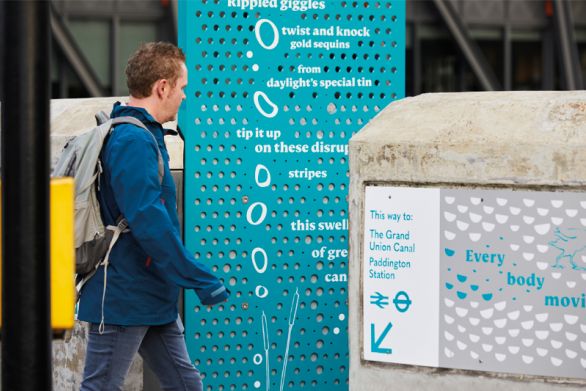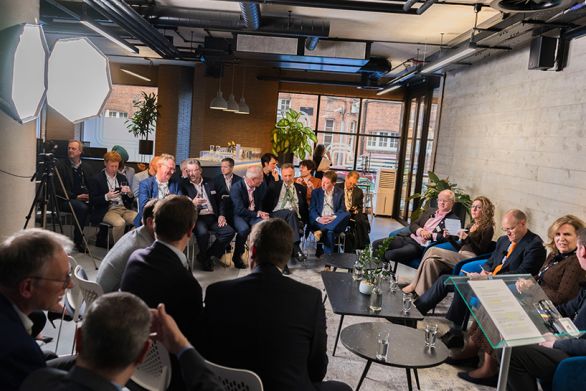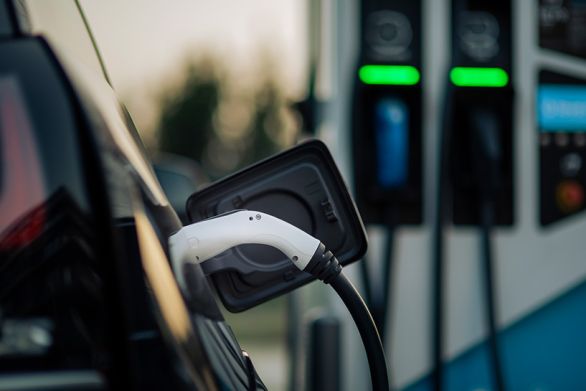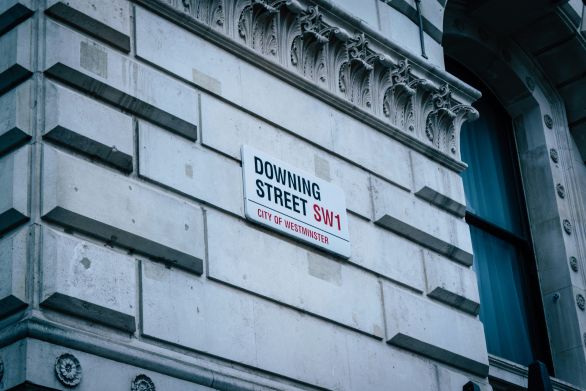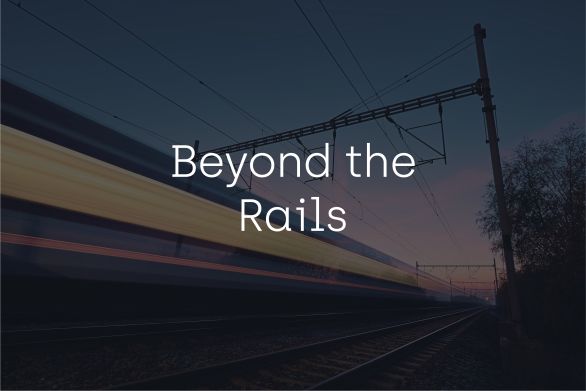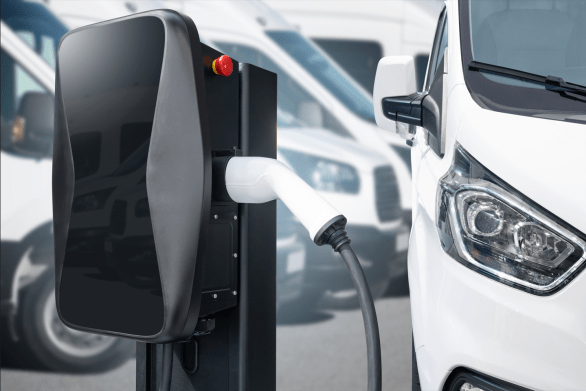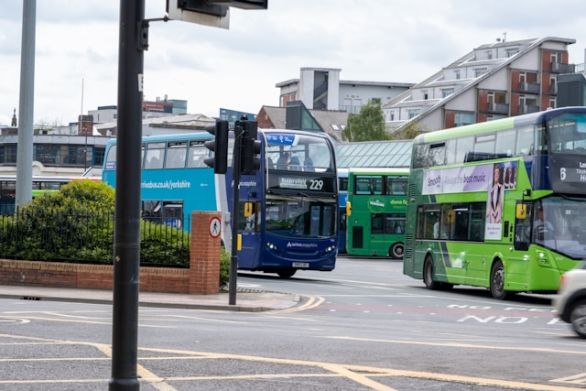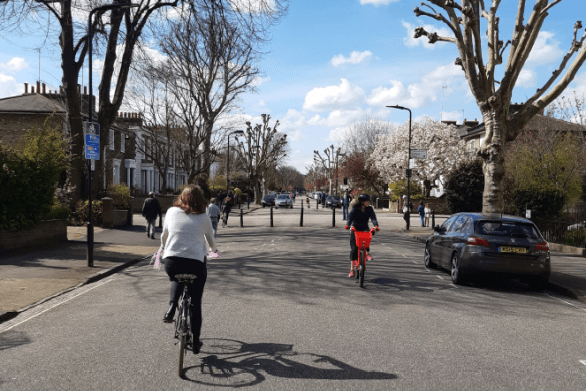In a city like Los Angeles, where the car reigns supreme, technology is shaping transportation developments so that even car-less inhabitants can get around with ease. In advance of moving to the city, SDG’s Craig Nelson looks at one development in particular; Uber.
By the time you read this I’ll be living in Los Angeles with my wife, adjusting to a change in our transportation options, having recently moved over from London.
After a few pre-move exploratory visits to LA earlier this year, it became obvious to us that we would need to have a car to get around. However, an Angelino friend of ours happened to remind me about Uber, the controversial ‘private driver’ start-up company from Silicon Valley which not only has backing from Google but also recently secured US$1 billion in funding.
Uber has a very simple premise – it’s essentially an app that enables you to get from A to B in a clean hybrid vehicle without handing over any money to the driver. Uber, and Airbnb are perhaps the most successful and recognized ‘sharing economy’ brands that have emerged over the past five years. Both companies have built billion dollar businesses on the trend started by social media ‘sharing’ status updates and media. In the case of Airbnb it’s sharing your spare room or apartment, and with Uber it’s sharing your car.
Uber, like other companies such as Lyft, has created a ‘new’ mode of transportation – one that has been created by a software company rather than a traditional transportation organization. And interestingly, Uber allows both car owners and non-car owners to benefit – the car owners can earn money and the non-car owners have an on-demand, cost-effective mode of transportation.
I first used Uber in London, where its introduction in 2012 caused controversy – ‘black cab’ drivers went on strike because of the way the app calculates fares. I used my smartphone to locate me and ‘request an Uber’ and almost instantly a Google map was showing my driver, Naqibullah, on his way with an estimated arrival time. Five minutes later a shiny Prius was waiting outside. I was keen to speak to Naqibullah and see how all this works.
Luckily, as has been well documented in the press, Uber drivers are always happy to talk about their job! I learned that Naqibullah was approached by Uber whilst he was driving for a large taxi company – they literally knocked on his car window and a week later he was attending their training day. Uber gave him an iPhone with a copy of their app and he was free to start earning fares, this time using his own Prius with the freedom to earn fares whenever and as often as he liked.
My next Uber experience was in Seattle, where the situation was very different. My driver wasn’t a cabbie at all, he was a doctor who was looking to use Uber to socialize! He’d recently purchased a new Lexus hybrid and had been told by a friend how much fun ‘Ubering’ was. I was his second ever ride and he was keen to impress (Uber relies on its rating system to monitor its drivers).
So where is all this going? What impact will Uber have on transit use and indeed active modes? Will fewer people be walking and cycling and instead relying on their smartphones? Uber’s effect on mode choice remains to be seen, however, as they’ve recently allowed other developers to access their data the possibilities for integration with other apps and websites are huge, and this could have a huge effect on its popularity. Visiting the theatre? Book an Uber from the box office website. Planning a journey? See Uber alongside other transport options and make a cost comparison.
Many believe that Uber’s link with Google is key to its future and its position as a new ‘mode’, and this shouldn’t be ignored. It could be argued that Uber is test-bedding the technology that will underpin Google’s driverless car program – replacing human drivers with autonomous cars and you’ve got an on-demand, fully automated transportation solution. But that’s a way off, and more recently Uber has introduced a new real time carpooling service called ‘UberPool’ to a number of west coast cities – this could have a huge impact on what is a fairly ‘non dynamic’ market. One of the main reasons why this approach should succeed is Uber’s focus on the end user and the overall experience – the app is very simple to use, the cars you get into are clean and tidy, and the drivers are keen to impress.
So will we be buying that car in Los Angeles? Watch this space….
